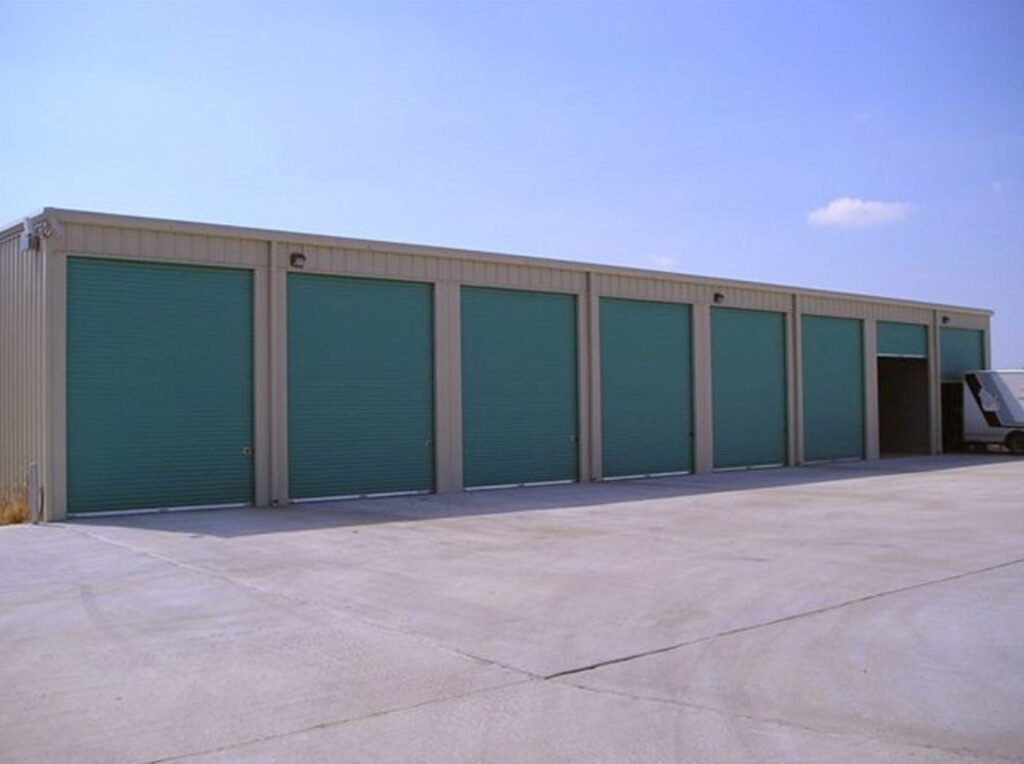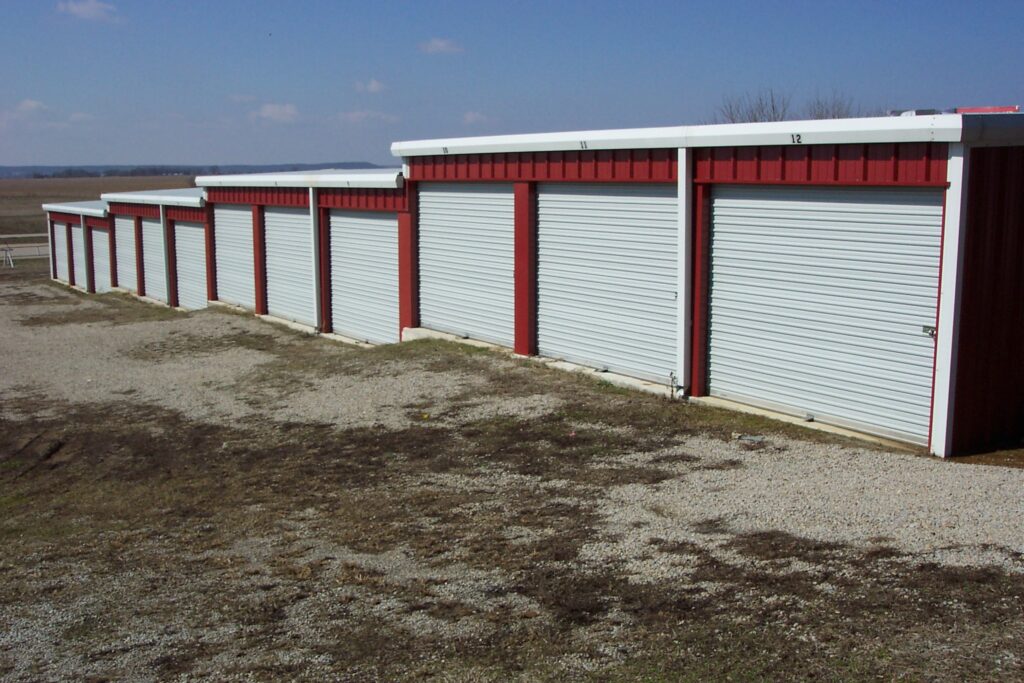The COVID-19 pandemic has had a profound impact on almost every aspect of our lives. One industry that has been particularly affected is the self-storage industry. In this blog post, we will take a look at how the pandemic has impacted self-storage demand, what the future may hold for the industry, and why now is as good a time as any to invest in self-storage.

The Impact of the Pandemic on the Self-Storage Industry
The COVID-19 pandemic has led to a decrease in demand for self-storage units across the United States. This is due to several factors, including the fact that many people have downsized their homes or are living with family members to save money. Additionally, many businesses have closed their doors permanently or have downsized, leading to a decrease in demand for storage units from commercial customers.
Despite the decrease in demand, self-storage prices have remained relatively stable. This is because there is still a high demand for storage units from people who are moving to new homes or who need extra space for their belongings. Additionally, many self-storage facilities are offering discounts and specials to attract new customers.
It is unclear what the future holds for the self-storage industry. However, demand will likely continue to be affected by the COVID-19 pandemic in the short term. In the long term, the industry will likely rebound as people begin to move back into their own homes and businesses start to expand again.
The Impact of Inflation on Self-Storage
Is Inflation Causing People to Cut Back on Self-Storage?
There has been a lot of talk lately about inflation and how it might be affecting people’s spending habits. Some experts say that people are cutting back on unnecessary expenses, like self-storage, to save money. But is this really the case? Let’s take a closer look.
The Relationship Between Inflation and Self-Storage
To understand how inflation might be affecting self-storage, it’s important to first understand what inflation is. Inflation is defined as a sustained increase in the general price level of goods and services in an economy over some time. In other words, when inflation goes up, the purchasing power of a dollar goes down. This can cause people to cut back on spending, as they can no longer afford to buy as much with their money.
So, how does this relate to self-storage? Well, when people start cutting back on spending, they often look for ways to save money. One way they might do this is by considering whether renting a self-storage unit can be justified. After all, if people are buying fewer things, they’ll have less stuff to store. And if they’re not buying as much stuff, they might not need a storage unit at all.
It’s hard to say definitively whether or not inflation is causing people to cut back on self-storage. On one hand, it could be argued that people are looking for ways to save money and are therefore getting rid of their storage units. On the other hand, self-storage is such a convenient service that people might not be willing to give it up, even if money is tight. Only time will tell how this situation plays out.

Why Invest in Self-Storage? 4 Ways to Get Started
Self-storage is a $38 billion industry in the United States. And it’s no wonder why. With more and more people moving to urban areas, there is less and less space for them to store their belongings. That’s where self-storage comes in. If you’re looking for a way to invest your money, self-storage is a great option. Here are four ways you can do it.
1. Buy an existing facility.
2. Build a new facility from scratch.
3. Convert an existing building.
4. Invest in a self-storage REIT.
1. Buy an Existing Facility
One way to invest in self-storage is to buy an existing facility. This option has a few advantages. First, you’ll have an immediate income stream from the tenants renting storage units at your facility. Second, you’ll be able to take advantage of the existing customer base and marketing efforts of the previous owner. And third, you may be able to get a lower price for the facility since it’s already up and running.
2. Build a New Facility from Scratch
If you’re looking for a more hands-on investment, you can build a new self-storage facility from scratch. This option gives you complete control over the design and layout of the facility, which can help attract tenants. Building from scratch also allows you to choose the location of your facility, which is important since self-storage is all about convenience for tenants.
3. Convert an Existing Building
Another option is to convert an existing building—such as a warehouse or office space—into a self-storage facility. This option can be less expensive than building from scratch since you won’t have to incur the cost of land and construction. One downside of this option is that you may have to make significant renovations to the existing building, which can add to the cost.
4 . Invest in a Self-Storage REIT
Finally, another way to invest in self-storage is through a REIT or Real Estate Investment Trust. A REIT is a company that owns, operates, or finances income-producing real estate. There are several publicly – traded self-storage REITs, which are listed on major stock exchanges. When you invest in a REIT, you’re essentially investing in a portfolio of self-storage properties. This option offers shareholders several benefits, including high dividend yields and potential capital appreciation.
Self-storage is a $38 billion industry in the United States, and it’s no wonder why. If you’re looking for a way to invest your money, self-storage is a great option. Whichever option you choose, you’re sure to see some great returns on your investment!
